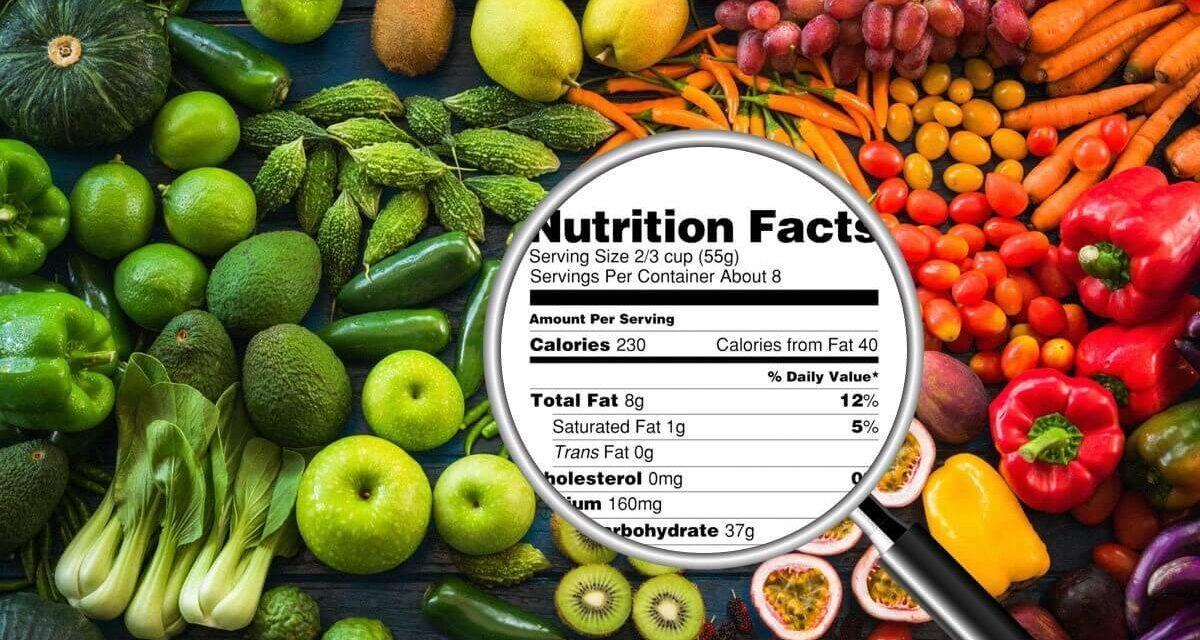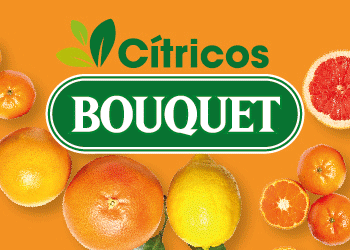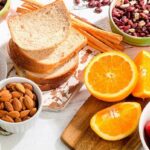The health-relevance of fruits and vegetables depends very strongly on two traits – biopotency and bioavailability
By Mary Ann Lila, CABTP 2021
Traditional plant breeding and selection focused on agronomic traits that make farm production more profitable or less time-intensive – traits like yield, disease or insect resistance, plant stature/habit or drought/ cold tolerance. For fruits and vegetables, breeding targets shift more to quality parameters that improve the sensory experience of eating, such chemical composition (sweetness, astringency, flavor), fruit size and shape, texture, and color – and the emphasis on these traits depends on consumer demands, and their willingness to pay a premium for high quality produce.
Within just the past couple of decades, consumers have become increasingly aware that the fruits and vegetables in their diet can also play a significant role in preventing chronic human diseases and improving immune and metabolic health. However, the health-relevance of fruits and vegetables depends very strongly on two traits – biopotency and bioavailability — that have been difficult to identify or quantify using conventional methods.
Biopotency is the ability of a fruit or vegetable to protect human health; a measure of the bioactive phytochemical content concentrated in the edible produce.
Bioavailability, on the other hand, depends on the proportion of the bioactive phytochemicals that actually will be absorbed in the human body and enter circulation. Bioavailability is a measure of how well bioactive compounds are delivered to human therapeutic targets within the body.
Both of these traits (biopotency and bioavailability) can now be gauged using novel high throughput screening strategies for phenotyping, genetics and metabolomics, and processing. Using innovative strategies, we can target factors that improve bioactive phytochemical density and leverage delivery (bioavailability) in fruit and vegetable produce.
Our academic research teams have partnered with industry to identify health-relevant traits across fruit and vegetable commodities, address the gaps between healthy intake levels and actual consumer dietary behavior, and translate discoveries made in the laboratory to food systems in the industry. For example, stakeholders in the berry fruit industries say that identifying cultivars with higher fruit quality (often correlated with higher content of bioactive phytochemicals) is critical to future industry success.
A current large project within our institute establishes DNA markers and fruit quality traits that correlate with profitability and consumer preferences, and ultimately transfers simple and direct phenomic and genomic tools to industry partners to enable efficient cultivar development. Simple, accurate and relatively inexpensive near infrared spectroscopy (NIR) was adapted to replace expensive and time-intensive traditional methods for assessing berry fruit quality (sugar content, anthocyanin content).
Another large initiative in the institute has mapped variation in bioactive compound density in blueberry to ploidy/species differentiation, and developed a genetic framework to improve delivery of bioactive content (bioavailability).
In related work, spinach accessions and cultivars were ranked in terms of bioactive phytochemicals (carotenoids and chlorophylls), screened to discern discrepancies between bioactive content and relative accessibility to human cells, and tested to determine how food processing altered content and delivery.
With an eye on biopotency and bioavailability, postharvest and processing methods can be optimized so that these traits are preserved when the fruits and vegetables reach the consumer.
Sources
The ‘hidden’ fruit and vegetable quality ATTRIBUTES that MUST be protected in POSTHARVEST: biopotency and bioavailability
Mary Ann LILA
Plants for Human Health Institute, North Carolina State University, 600 Laureate Way, Kannapolis, NC 28081 USA E-mail: mila@ncsu.edu
In: CABTP 2021, Libro de resúmenes III Congreso Argentino de Biología y Tecnología Poscosecha, Santa Fe, Argentina, 26 a 30 de julio 2021, 193 pp, http://fiq.unl.edu.ar/cabtp2021/
Picture by Purity Products, https://www.purityproducts.com/blog/what-does-bioavailability-mean












